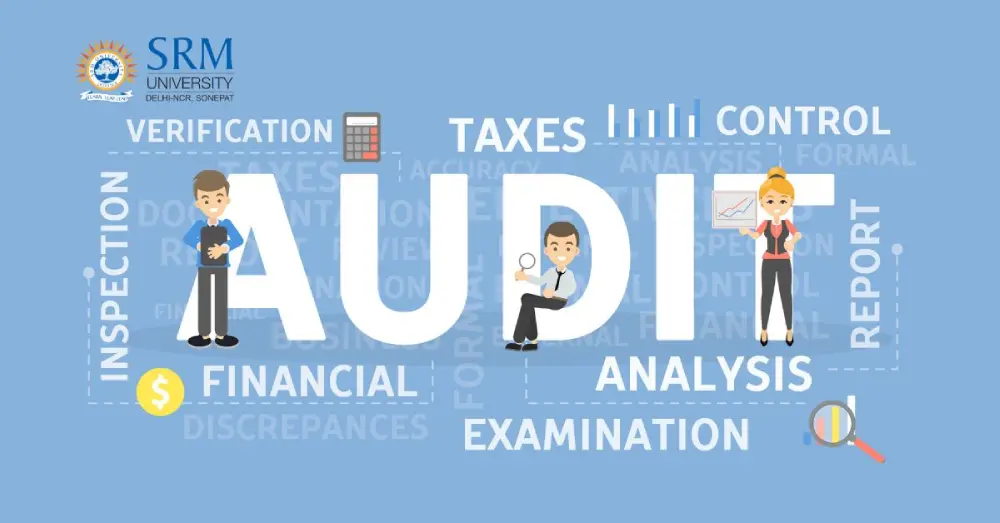
Best Colleges in India for Commerce Students 2025-26
Introduction
GST or Goods and Services Tax is one of the biggest reforms in the tax system of India. It started in 2017, and the idea was to replace many small taxes with one simple system. Earlier, we had VAT, excise duty, and service tax, and GST brought together.
But the system was not very simple. It had four tax slabs – 5%, 12%, 18% and 28%. Common items like shampoo, toothpaste, and biscuits were taxed at 18%. Even health and life insurance had 18% GST. Families had to pay more, and businesses also found the slabs confusing.
Now the GST council has changed this. From 22 September 2025, India will move to two main slabs: 5% and 18%. Only luxury goods like tobacco and large cars will have 40%. Common food, healthcare, and personal care items are cheaper. Insurance is tax-free. This change is more than policy. It is a real-life lesson that every commerce student should study. That is why GST reforms should be a live project in the best colleges in India for commerce students.
What GST Looked Like Before the Reform
Before the new reform, the GST system was heavy. Shampoo, soap, and hair oil had 18% GST. Cement carried 28%. Automotive, except EVs, also carries 28%. Health and insurance premiums had 18%. For the middle class, this was a burden.
Commerce students can see how these taxes shaped choices. Families bought less insurance as it was expensive. In 2023, India’s insurance penetration was just 4.2%. The global average was 7%. High GST was one of the reasons.
This is why the best colleges in India for commerce students discuss GST in classrooms. It shows how taxation affects real lives.
What Changed After the New GST Reform
The new system is much simpler. Food items like biscuits, jam, and butter are now at 5%. Chapati and paratha are tax-free. Shampoo, toothpaste, and soap moved down from 18% to 5%.
Industries also benefit. Cement is now 18% instead of 28%. Smaller cars are 18% instead of 28%. Health and life insurance are tax-free. Families now find it easier to buy policies. Farmers also gain. Tractors, tyres, and irrigation systems are now standing at 5%.
These changes are beneficial for students. They can see how governments respond to the needs of the people—the best colleges in India for commerce after 12th use such reforms in projects and group work.
Why GST Reforms Are Important for Students
GST reforms connect directly to industries. FMCG companies will grow as products become cheaper. Automobiles, which give 7% to the Indian GDP, will also see an increase in demand. Real estate can expand with cheaper cement.
Students who study this can link theory with real practice. They can understand how taxes affect demand, supply and prices. The best colleges in India for commerce use these examples in teaching. It provides students with a real-world view of economics.
Linking GST Projects to Careers
Employers want students who can apply what they learn. GST reforms are a good case for this. Students can learn about how companies set prices after tax changes. They can see how GST collections give money to the government. In 2024, monthly GST collection crossed INR 1.7 lakh crore. With a simple system, collections can even rise further.
This type of analysis builds skills. It makes placements easier. The top commerce colleges in India with placements push such projects. They want students to leave with confidence and practical knowledge at the same time.
Why GST Reforms Should Be in the Curriculum
Studying GST reforms makes students better learners. It helps them to build research and analysis skills. It shows how policies can change the overall market. It also shows how governments can help people. For example, removing GST on insurance means that more families can buy the needed coverage. This is financial inclusion in action.
Commerce is more than reading books. It is about connecting with the world outside. GST reforms are a live example of this. The best colleges in India for commerce after 12th already use them for case studies.
SRM University Delhi NCR, Sonepat: A Case for Practical Learning
SRM University Delhi NCR, Sonepat, is known for combining classroom knowledge with hands-on industry experience. It focuses on practical learning and prepares students to progress in the competitive world of commerce.
Real-World Exposure
At SRM University Delhi NCR, Sonepat, students can get to know about study reforms like GST with real projects. They learn how tax changes can affect industries like FMCG, healthcare, and automobiles.
Strong Placement Network
The university also has strong placements. Projects on GST and other reforms make students stand out. This is why SRM University Delhi NCR, Sonepat, is counted among the top commerce colleges in India with placements.
A Future-Ready Curriculum
SRM University Delhi NCR, Sonepat, comes up with a combination of theory and practice. Students do not just read about reforms. They debate them, use them, and learn from them. This makes SRM University Delhi NCR, Sonepat, one of the best colleges in India for commerce students.
Conclusion
GST reforms have changed how taxes work in India. The system is now simple, fair and easy for families. Food, healthcare and daily essentials are cheaper. Insurance is tax-free. Businesses can also benefit from lower rates and easier compliance.
For commerce students, GST is not only a subject. It is a real-world example of how policy changes can majorly impact people and industries. That is why colleges must take GST reforms live projects. The best colleges in India for commerce after 12th and the best colleges in India for commerce are already leading the way. With the strong industry focus, the top commerce colleges in India with placement prepare students to be successful.
SRM University Delhi NCR, Sonepat, is one such place. It connects students with real reforms and provides them with the required skills for the future. GST is not just a tax lesson – it is a clear lesson too.
FAQs
Why is GST important for commerce students?
GST shows how taxes affect daily life, businesses, and government revenue. It helps students to connect theory with real situations.
What were the GST slabs earlier?
Earlier, there were four slabs: 5%, 12%, 18%, and 28%. Many items, even essentials, were in the higher slabs.
What has changed in GST now?
Now there are only two slabs: 5% and 18%. Insurance is tax-free. Only luxury goods have 40%.
How does GST help in placements?
Studying GST reforms makes students practical and analytical. Employers value these skills, and they improve job opportunities.
Source link



